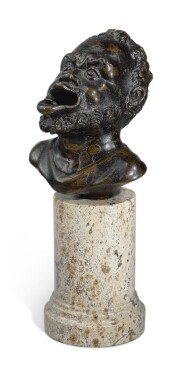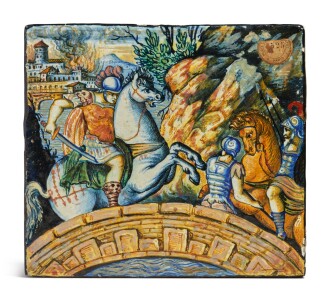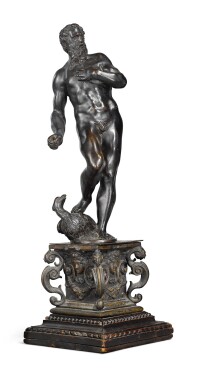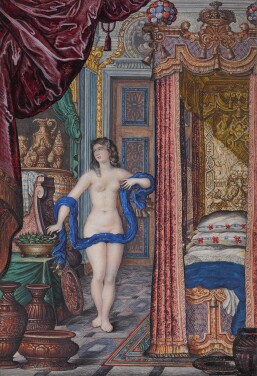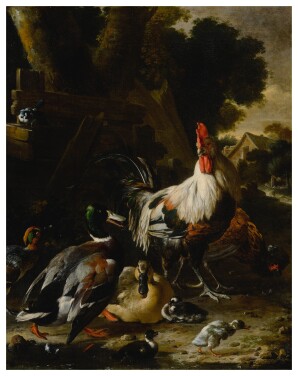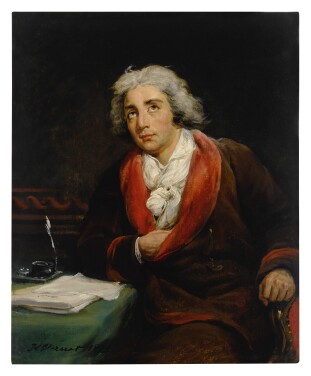
E very encounter with Alexis Gregory was memorable. His Old World charm, his engaging if elaborate mannerisms, his wide range of references and sparkling conversation were all delivered with a twinkle in his eye. His expertise extended from a professional knowledge of art publication centered in New York and Paris, to amateur enthusiasm for music--especially the piano competition he sponsored in the Vendome Prize – and to art collecting with a particular bent for European decorative arts, painting, and sculpture.
I first met him in Cambridge, Massachusetts, in 1995 at a symposium in his honor organized by his alma mater, Harvard University, on the occasion of the pledge of his bronze collection to the Art Museums. He had assembled a remarkable collection of sixteenth- and seventeenth-century bronzes, predominantly Italian, an achievement which was then and is still today rare in the United States. When I moved back to New York two decades ago, I began to see more of this sociable man who was generous with invitations to enjoy and study his objets d’art. His rooms were tastefully appointed, but they reflected an insatiable collector. Tables were crowded with agate cups, carved ivory sword hilts, and amber gaming boards, all fighting for space with his enormous Empire bed. Commode tops overflowed with collections of gilt-bronze statuettes, Italian Renaissance bronzes, or diamond-studded pendants and mounted Chinese or French porcelain. Vitrines were filled with Limoges tazze and rare French Renaissance pottery. Baroque and Rococo paintings covered the walls interspersed with Goanese nacre platters or wax reliefs.
Alexis had specific interests which he investigated in depth, such as Limoges grisaille enamels or small-scale Renaissance bronzes. Yet his collections ranged so widely that they could be termed eclectic. What he really created, however, was a Kunstkammer, very much in the Renaissance tradition of an assemblage of media and materials reflecting the brilliance and variety of artistic creation. His curiosity for novelty and his eye for quality drove him to seek out such works in Europe: I would often run into him coming out of a booth in TEFAF or a gallery in Paris. As much as he traveled abroad, his base was in New York, and he established one of the finest collections of European decorative arts in this country. His philanthropic instincts led him to ensure that some of his best works would remain in American museums. Beginning in 2017, we began discussing a group of his decorative objects and pastels which might come to The Frick Collection. Sadly, his death last summer hastened the bequest; a small number of these will be shown next year in our temporary home at Frick Madison and the majority, when we reoccupy our permanent home on Fifth Avenue in several years. We have lost a wonderful man and a great collector, but his spirit will live on in the many publications he authored or supervised, the musicians he sponsored, and the art collections he bequeathed or dispersed.
Property from the Estate of Alexis Gregory, sold to Benefit the Alexis Gregory Foundation























